- 9985
- 2
Sharing Ideas and Updates on LPG in Nigeria and related information to enable effective collaboration within the LPG Value Chain
The Cost Of Converting Keke NAPEP To LPG Fuel - HydroCIS And NLPGA.
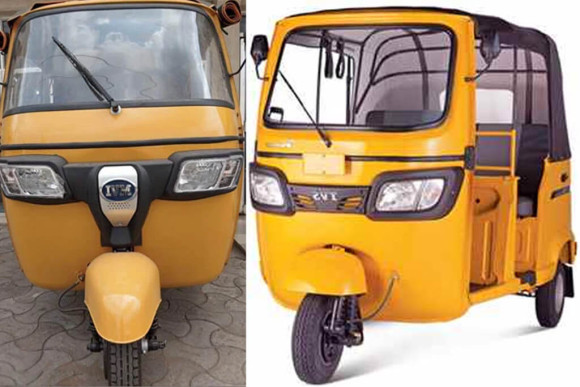
Nigeria's tricycle taxi, locally known as "Keke Napep," has become an indispensable mode of transportation, especially in urban and semi-urban areas. These ubiquitous three-wheelers primarily run on petrol, contributing to pollution and increasing operating costs for drivers. However, recent insights from HydroCIS, a data company, in collaboration with the Nigerian Liquefied Petroleum Gas Association (NLPGA), shed light on an affordable and environmentally friendly alternative – converting Keke Napep to run on liquefied petroleum gas (LPG).
The Cost of Conversion
Converting a 4-stroke liquid and air-cooled engine Keke Napep to LPG comes at a reasonable price. On average, the conversion cost falls within the range of N100,000 to N200,000. This initial investment opens doors to significant long-term savings.
Economic Benefits
One of the most compelling aspects of converting Keke Napep to LPG is the rapid return on investment. LPG-powered Keke Napep units consume approximately 6.5 kilowatts (kW) at 5,500 revolutions per minute (rpm). Typically, users can recoup the conversion expenses within a short period of 3 to 4 months. The cost per kilometer hovers around N15 to N20, making it a financially prudent choice.
However, it's important to note that these estimates may vary depending on factors such as power output, passenger or load capacity, and individual driving habits. Both HydroCIS and NLPGA emphasize the need to consider these variables when calculating potential savings.
Practical Cost Comparison
In practical terms, a journey covering 100 kilometers using LPG requires 3.5 kilograms of LPG, amounting to N3,920 at the current price of N560 per liter. In contrast, the same distance covered with petrol would necessitate 7 liters of petrol at N600 per liter, totaling N4,200.
This straightforward comparison illustrates that opting for LPG as the fuel source translates to substantial savings, often ranging from 40% to 55% per kilogram.
Essential Elements for Conversion
To successfully transition Keke Napep from petrol to LPG (specifically for 4-stroke engines), several crucial elements are required:
LPG Kit and Regulator: These components should be of high quality and replaced as needed during inspections.
Mixer Assembly: High-quality and readily replaced if damaged.
Filler Unit: Must be of high quality, equipped with a non-return valve, and positioned for easy Autogas dispenser nozzle connection.
Multifunction Valve: High-quality and replaceable as required during inspection, equipped with ESV (Excess Flow Valve) and EFV (Excess Flow Valve).
LPG Tank: Should be of high quality, recertified every 10 years, replaced every 15 years, possess high impact resistance, feature a corrosion-resistant coating, and be securely strapped. Domestic cylinders and regulators should be avoided.
High-Pressure Hose: Must be high quality, free of folds or cuts, and replaced every 24 months. Using a water hose is not recommended.
Electronic Control Unit (ECU): High-quality with no folds or cuts, and replaced when necessary during inspection. The ECU panel should remain unaltered.
Gas and Petrol Solenoid Valve: High-quality and replaceable as needed during inspection, with no bypass or disabling.
Converting Keke Napep to LPG offers an enticing proposition for drivers, passengers, and the environment. With substantial cost savings, reduced emissions, and a positive impact on air quality, this shift has the potential to transform Nigeria's tricycle taxi sector. As this conversion gains momentum, it could pave the way for a cleaner and more sustainable future for urban transportation in Nigeria.
These projections were stipulated by both HydroCIS and NLPGA, but in the real sense of application and for end users is this feasible? Let’s discuss in the comment section.
Source: HydroCIS and NLPGA.
2 Comments.
-
-
Edun oluwaseyi
19 August 2024 - 09:09amI want to attend the training please update me 08105848992 please
Reply




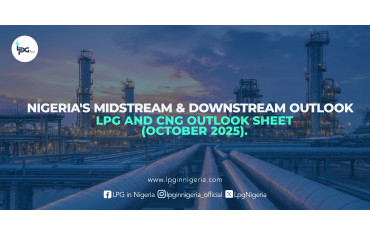
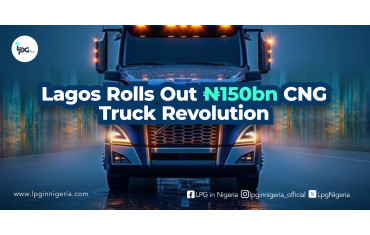

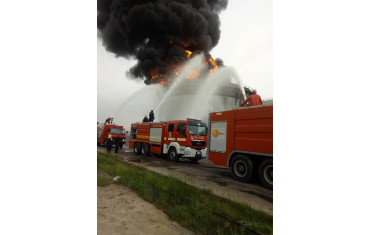
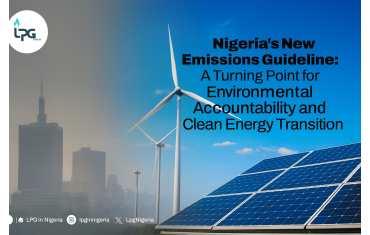
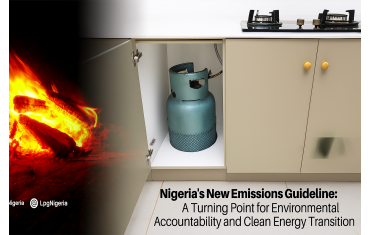
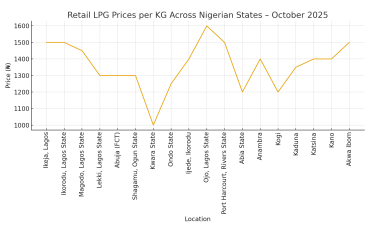
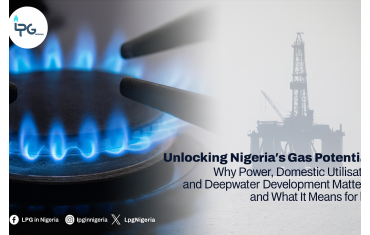
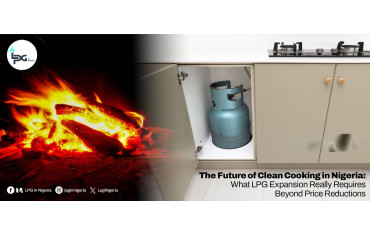
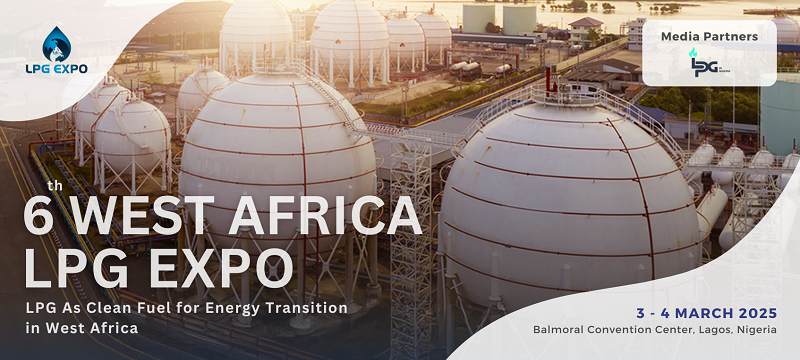

Spencer
14 October 2024 - 09:20amAny update about the training of this, if yes pls let me know.
Reply